Home>Gardening & Outdoor>Landscaping Ideas>How To Make A Grass Tennis Court
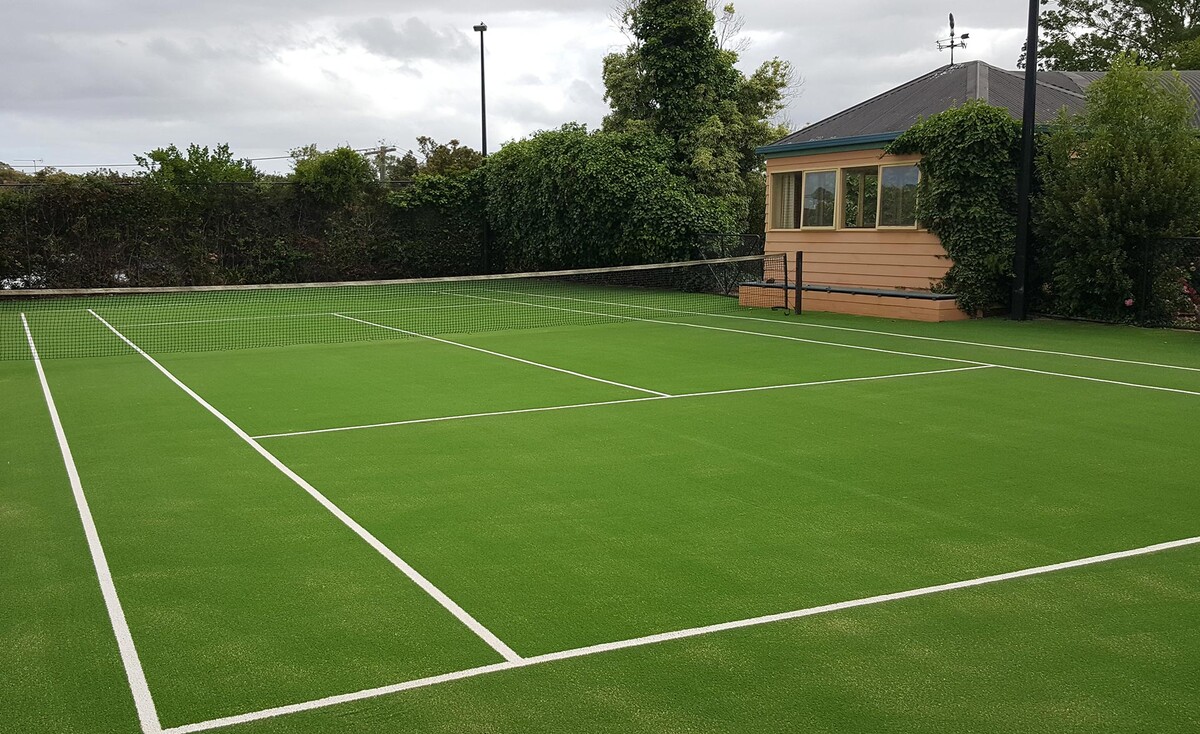

Landscaping Ideas
How To Make A Grass Tennis Court
Modified: February 18, 2024
Learn how to create a stunning grass tennis court with our expert landscaping ideas. Transform your outdoor space into a functional and beautiful sports area.
(Many of the links in this article redirect to a specific reviewed product. Your purchase of these products through affiliate links helps to generate commission for Storables.com, at no extra cost. Learn more)
Introduction
Creating a grass tennis court can elevate your outdoor space into a stunning sports arena. The lush green surface not only adds a touch of elegance but also provides a smooth and comfortable playing area. Whether you're a tennis enthusiast or simply looking to enhance your property, a well-maintained grass court can be an excellent addition to your landscape.
In this comprehensive guide, we'll walk through the step-by-step process of creating and maintaining a grass tennis court. From preparing the ground to seeding the grass and ongoing maintenance, we'll cover everything you need to know to bring this project to life. Let's dive into the details and explore how you can transform your outdoor space into a picturesque and functional tennis court.
Key Takeaways:
- Creating a grass tennis court involves meticulous ground preparation, leveling, and careful grass seeding. Ongoing maintenance, including mowing, irrigation, and pest control, is crucial for preserving the court’s pristine condition and playability.
- Crafting a grass tennis court requires precision and care at every stage. From nurturing the grass to maintaining the court, each step contributes to a vibrant and resilient playing surface for tennis enthusiasts to enjoy.
Read more: How Are Grass Tennis Courts Made
Step 1: Preparing the Ground
Before embarking on the journey of creating a grass tennis court, it’s essential to prepare the ground meticulously. The first step involves selecting an appropriate location with ample space and proper drainage. Ideally, the chosen area should be relatively flat and free from any obstructions such as large rocks or tree roots.
Once the location is determined, the next crucial step is to clear the area of any existing vegetation, debris, and topsoil. This can be achieved by using a combination of tools such as shovels, rakes, and a compact tractor for larger areas. It’s important to ensure that the ground is cleared thoroughly to create a clean and even surface for the subsequent steps.
After clearing the area, it’s advisable to conduct a soil test to assess the composition and pH levels of the soil. This information will guide the process of soil amendment, ensuring that the ground is conducive to healthy grass growth. Depending on the test results, amendments such as lime or organic matter may be necessary to optimize the soil conditions.
Furthermore, it’s essential to establish proper drainage to prevent waterlogging, which can be achieved by grading the area or installing a drainage system if needed. Adequate drainage is crucial for maintaining the integrity of the grass court and preventing water-related issues in the future.
Lastly, compacting the soil is vital to create a stable foundation for the grass court. This can be accomplished using a roller or compactor to ensure that the ground is firm and level. By meticulously preparing the ground, you set the stage for the successful establishment of a pristine grass tennis court.
Step 2: Leveling the Surface
Once the ground is meticulously prepared, the next critical step in creating a grass tennis court is to level the surface. A level playing field is essential for ensuring fair and consistent gameplay while enhancing the overall aesthetics of the court.
The process of leveling the surface begins with the careful assessment of the ground to identify any uneven areas or dips. These irregularities can be addressed by using a combination of topsoil and leveling tools such as a landscaping rake or a screed board. By distributing the topsoil strategically and employing the leveling tools, you can gradually achieve a smooth and uniform surface.
For larger areas or more complex terrain, a tractor-mounted box blade or a grading implement can expedite the leveling process, allowing for greater precision and efficiency. These specialized tools are particularly effective in addressing undulations and contours, resulting in a professional-grade playing surface.
Furthermore, it’s essential to establish the proper slope to facilitate water drainage and prevent puddling on the court. A slight slope away from the playing area ensures that rainwater is efficiently diverted, contributing to the longevity and usability of the grass court.
After leveling the surface, compacting the soil once again is imperative to solidify the groundwork and create a stable base for the grass installation. This step further enhances the durability and resilience of the court, ensuring that it can withstand the rigors of gameplay and environmental factors.
By meticulously leveling the surface, you not only enhance the functionality and visual appeal of the grass tennis court but also lay the groundwork for a superior playing experience for enthusiasts of all levels.
Ensure proper soil preparation by removing any existing vegetation, leveling the ground, and adding a layer of topsoil. Choose a grass variety suitable for tennis courts, such as Bermuda or Ryegrass, and regularly maintain it with mowing, watering, and fertilizing.
Step 3: Seeding the Grass
Seeding the grass is a pivotal stage in the process of creating a lush and vibrant tennis court. Selecting high-quality grass seed that is well-suited for tennis court applications is essential for achieving a resilient and visually appealing playing surface.
Prior to seeding, it’s crucial to ensure that the soil is adequately prepared and enriched with nutrients to support healthy grass growth. This may involve incorporating organic matter, such as compost or well-decomposed manure, into the soil to enhance its fertility and structure. Additionally, applying a balanced fertilizer can provide the essential nutrients needed for the initial growth stages of the grass.
When it comes to selecting the appropriate grass seed, factors such as climate, soil type, and court usage should be taken into consideration. For tennis courts, fine fescue or perennial ryegrass varieties are popular choices due to their resilience, fine texture, and ability to withstand heavy foot traffic. These grass species are well-suited for the rigorous demands of tennis gameplay while maintaining an attractive appearance.
Once the soil is prepared and the grass seed is selected, the seeding process can commence. Evenly broadcasting the grass seed across the prepared surface ensures uniform coverage and promotes consistent germination. Following the seeding, gently raking the area helps to incorporate the seeds into the soil while ensuring good seed-to-soil contact, which is crucial for successful germination.
After seeding, it’s important to water the area regularly to keep the soil consistently moist, facilitating optimal germination and establishment of the grass. Adequate hydration is essential for nurturing the newly seeded area and promoting healthy root development, setting the stage for a robust and resilient grass court.
By carefully selecting the right grass seed, preparing the soil diligently, and following best practices for seeding and nurturing, you can establish a vibrant and enduring grass tennis court that will provide years of enjoyment for players and spectators alike.
Step 4: Maintaining the Court
Maintaining a grass tennis court is essential for preserving its pristine condition and ensuring optimal playing characteristics. Regular upkeep and thoughtful care contribute to the longevity and performance of the court, creating an inviting and professional environment for tennis enthusiasts.
One of the key aspects of court maintenance is mowing the grass at the appropriate height to maintain an even and consistent playing surface. Using a specialized reel mower set to the recommended height for tennis courts helps achieve the ideal playing conditions while promoting healthy grass growth. Regular mowing not only enhances the court’s aesthetics but also contributes to a smooth and uniform playing experience.
Furthermore, irrigation plays a crucial role in sustaining the vitality of the grass court, especially during dry spells or periods of inadequate rainfall. Implementing a consistent watering schedule to keep the grass adequately hydrated is essential for preventing dry patches and promoting lush, resilient turf. Additionally, proper irrigation supports the recovery of the grass after rigorous gameplay, ensuring that the court remains in top condition.
To address potential wear and tear from gameplay, it’s important to regularly inspect the court for any signs of compaction or damage. Aerating the court using specialized equipment helps alleviate soil compaction and promotes healthy root growth, enhancing the overall resilience of the grass. This practice also facilitates better water and nutrient penetration, contributing to the long-term health of the court.
Applying a balanced fertilizer at strategic intervals provides essential nutrients to the grass, promoting vigorous growth and maintaining the court’s lush appearance. Selecting a fertilizer specifically formulated for sports turf ensures that the grass receives the necessary nutrients to withstand the demands of tennis gameplay while remaining visually appealing.
In addition to these maintenance practices, addressing any weed or pest issues promptly is crucial for preserving the integrity of the grass court. Implementing targeted weed control measures and monitoring for pest infestations safeguard the health and aesthetics of the court, allowing players to enjoy a pristine and unblemished playing surface.
By adhering to a comprehensive maintenance regimen that encompasses mowing, irrigation, aeration, fertilization, and proactive weed and pest management, you can uphold the impeccable condition and playability of the grass tennis court, creating an inviting and professional venue for tennis enthusiasts to revel in the sport’s exhilarating moments.
Conclusion
Creating a grass tennis court is a rewarding endeavor that adds both aesthetic charm and functional value to your outdoor space. From the meticulous preparation of the ground to the careful selection and nurturing of the grass, every step in the process contributes to the realization of a vibrant and resilient playing surface.
By preparing the ground with precision, leveling the surface meticulously, and seeding the grass with care, you establish the foundation for a top-tier tennis court that can withstand the rigors of gameplay while offering a visually captivating setting for matches and recreational play.
Furthermore, ongoing maintenance is paramount in preserving the court’s impeccable condition and playability. Through regular mowing, strategic irrigation, diligent aeration, and proactive weed and pest management, you can ensure that the grass court remains a pristine and inviting venue for tennis enthusiasts to enjoy.
Whether you’re a tennis aficionado seeking to elevate your playing experience or a property owner looking to enhance your landscape, a well-crafted grass tennis court embodies the perfect fusion of functionality and beauty. It serves as a testament to the harmonious coexistence of sport and nature, providing a captivating backdrop for thrilling matches and leisurely rallies alike.
As you embark on the journey of creating and maintaining a grass tennis court, remember that each stage of the process contributes to the realization of a space where passion, skill, and natural splendor converge. Embrace the artistry of crafting a resilient and visually stunning court, and revel in the joy of witnessing the vibrant green expanse come to life with each serve and volley.
May your grass tennis court stand as a testament to the enduring allure of the sport and the timeless elegance of nature, beckoning players to partake in the exhilarating dance of athleticism and grace amidst the verdant embrace of the court.
Frequently Asked Questions about How To Make A Grass Tennis Court
Was this page helpful?
At Storables.com, we guarantee accurate and reliable information. Our content, validated by Expert Board Contributors, is crafted following stringent Editorial Policies. We're committed to providing you with well-researched, expert-backed insights for all your informational needs.
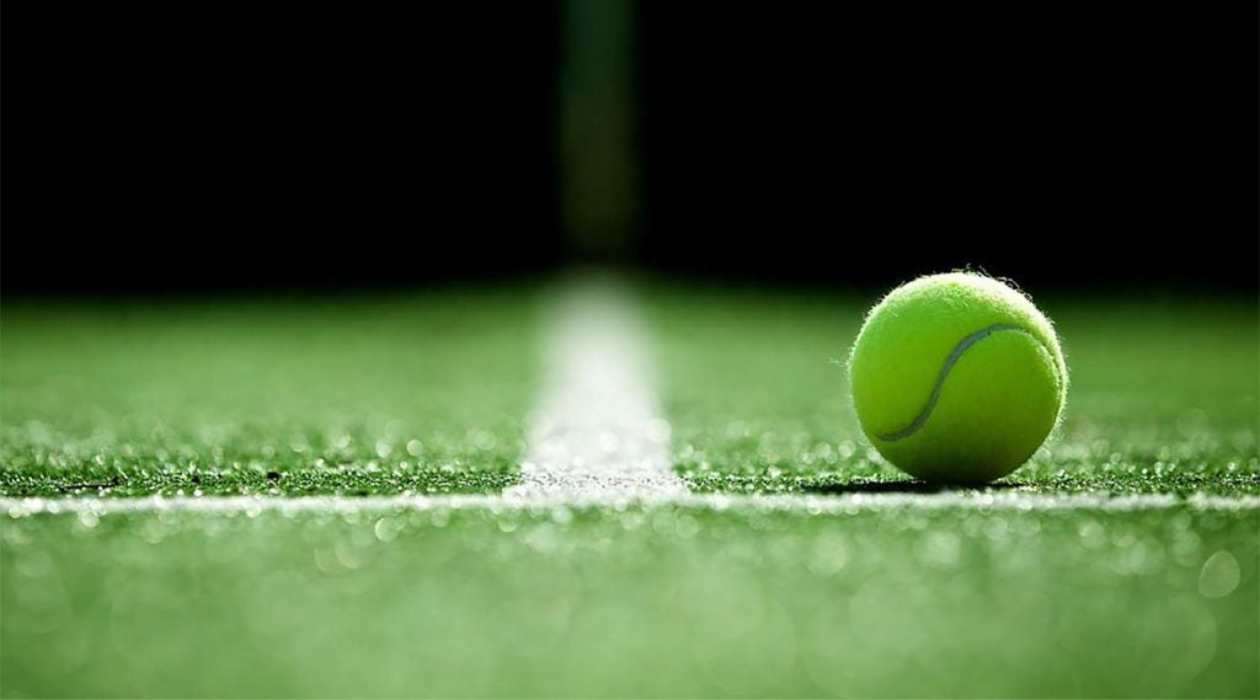
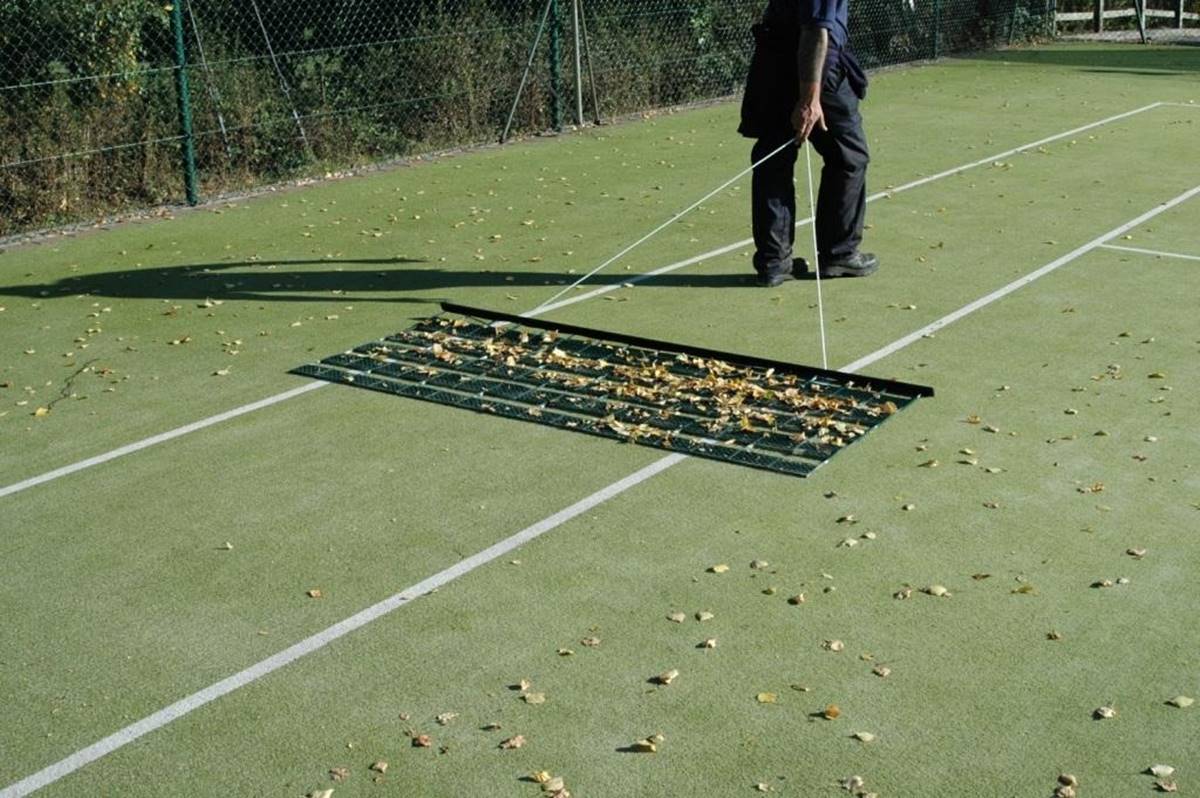
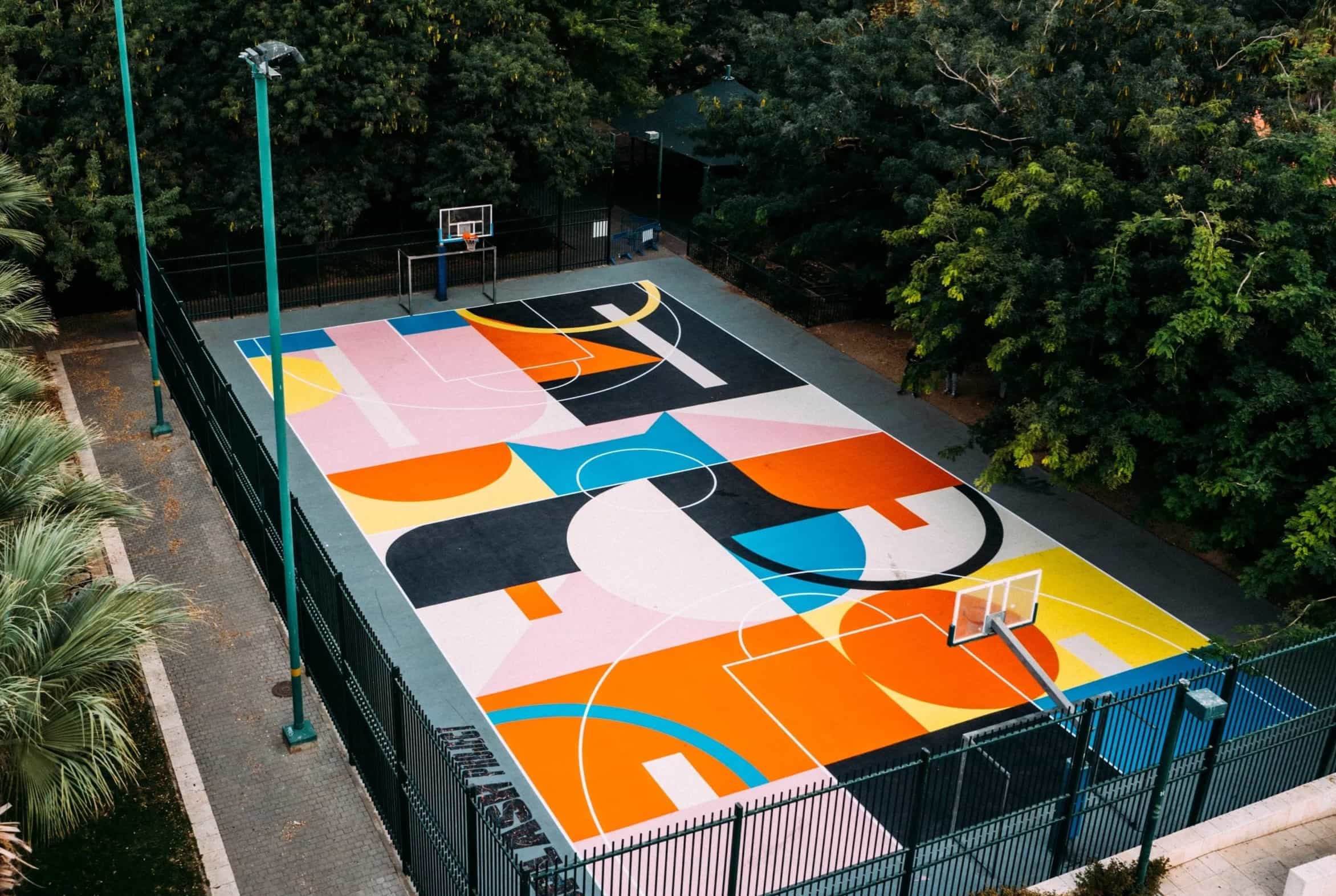
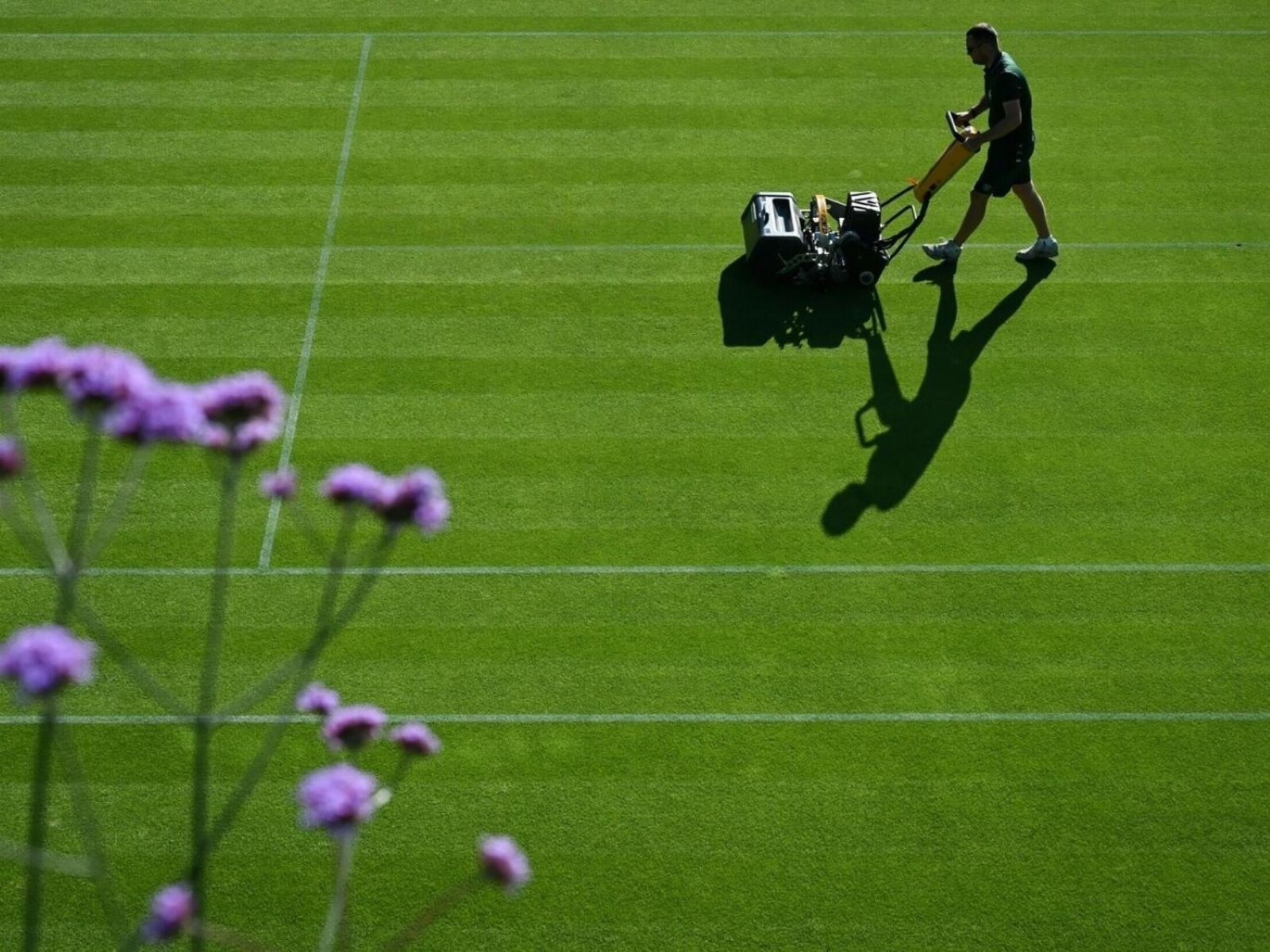
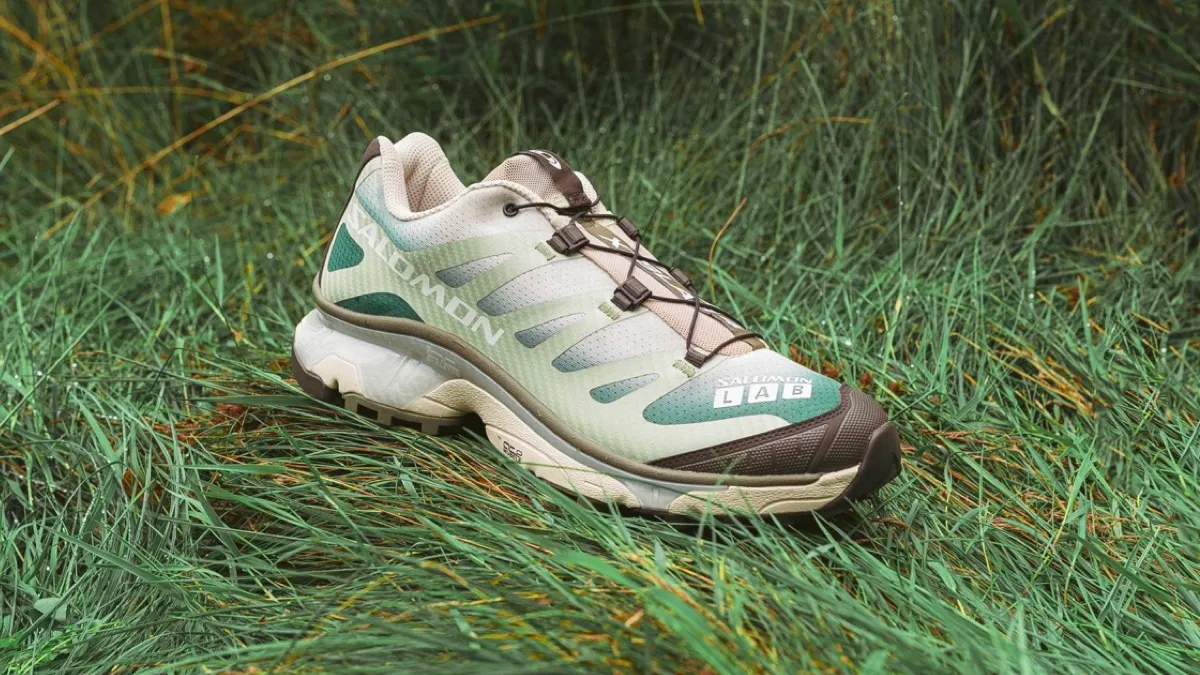
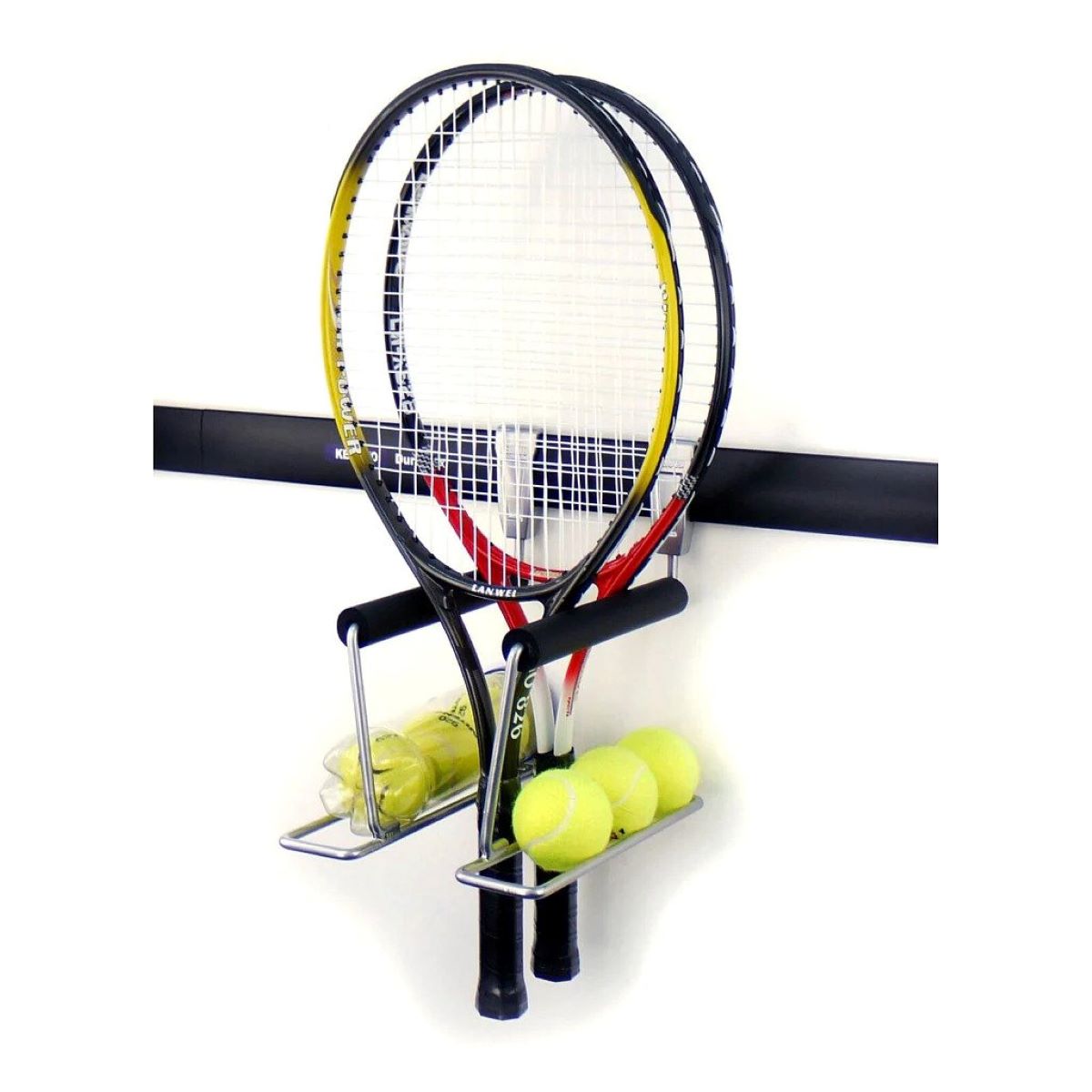
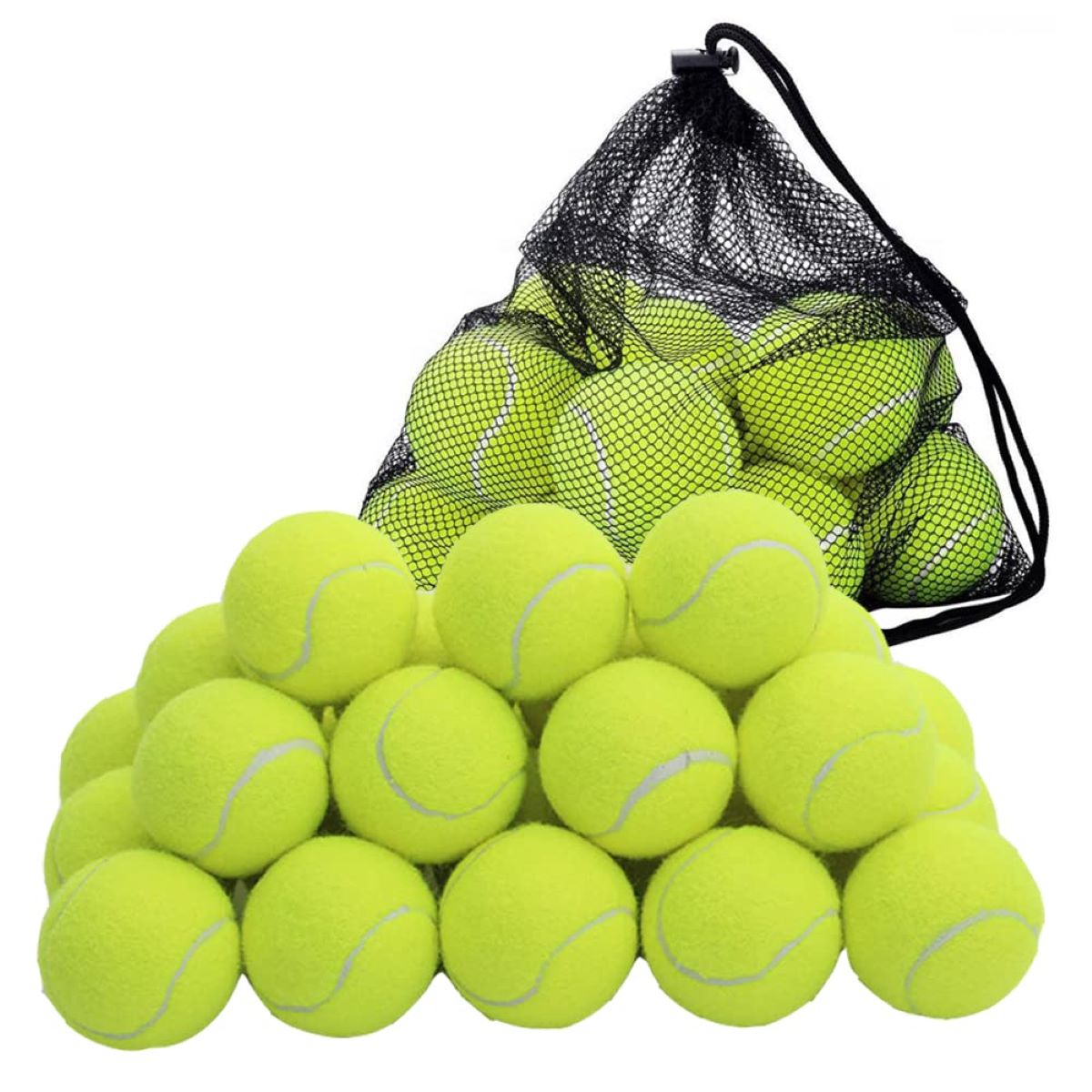

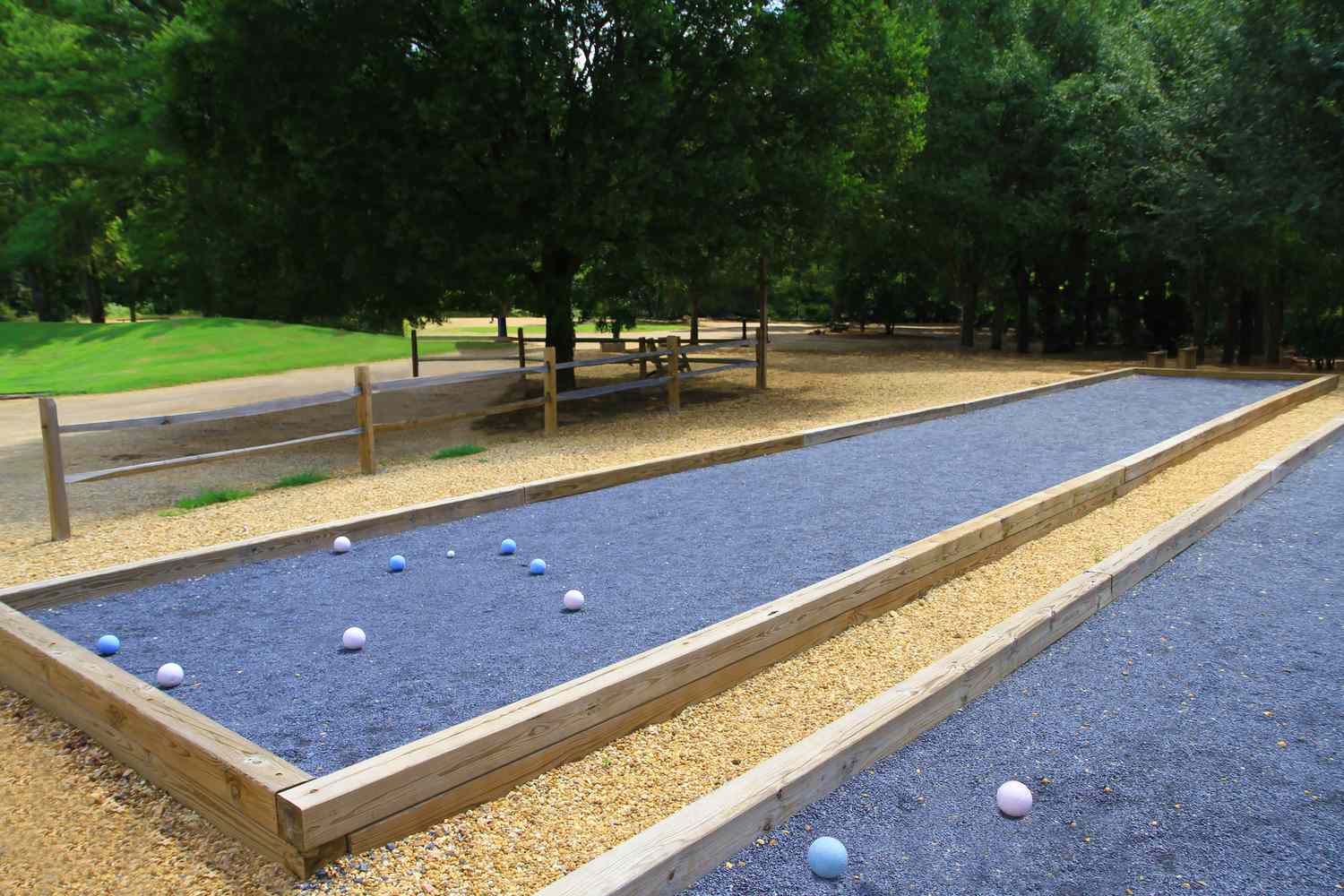
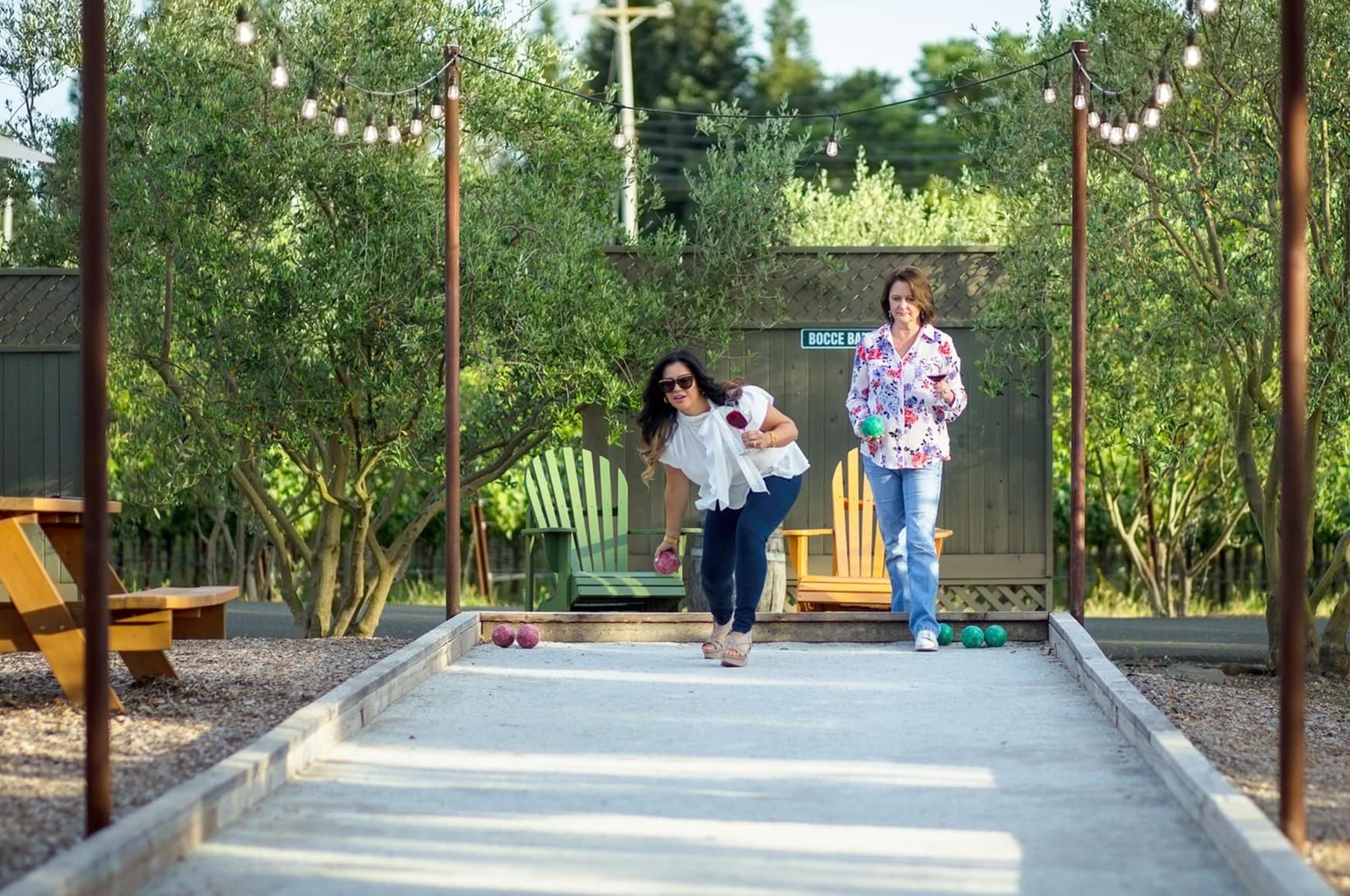
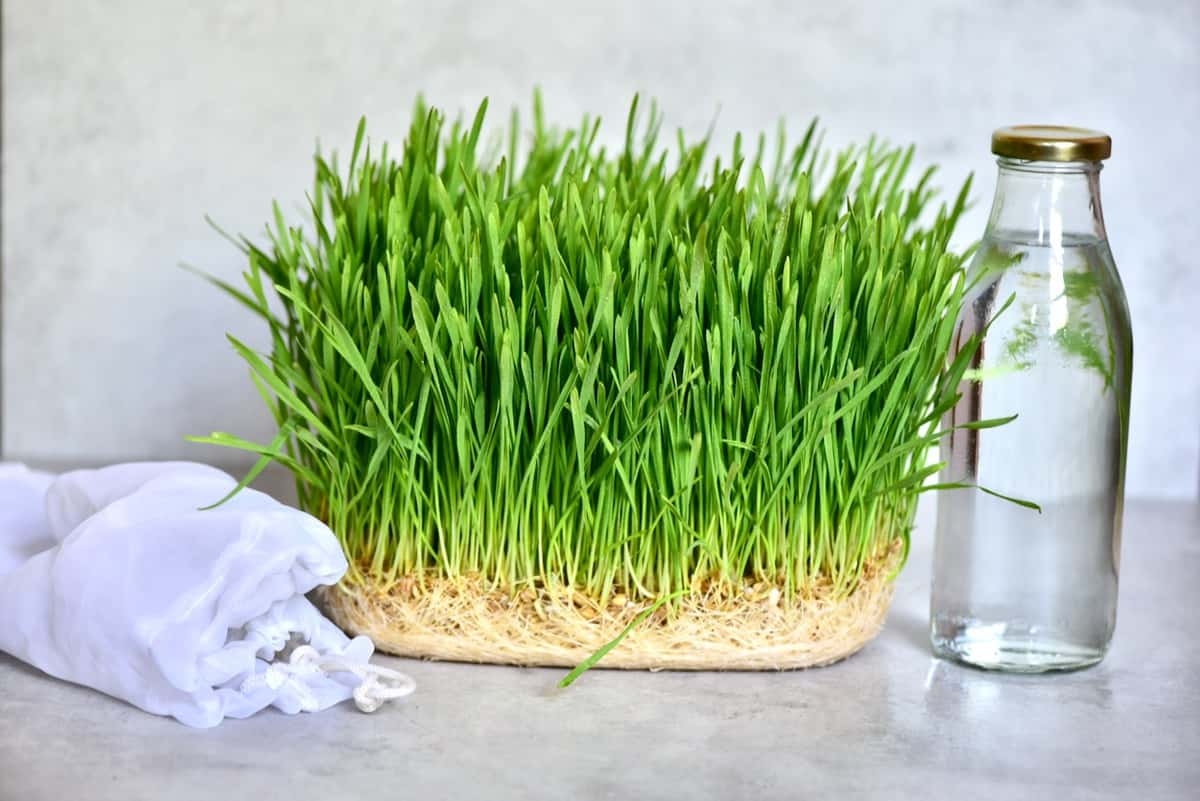
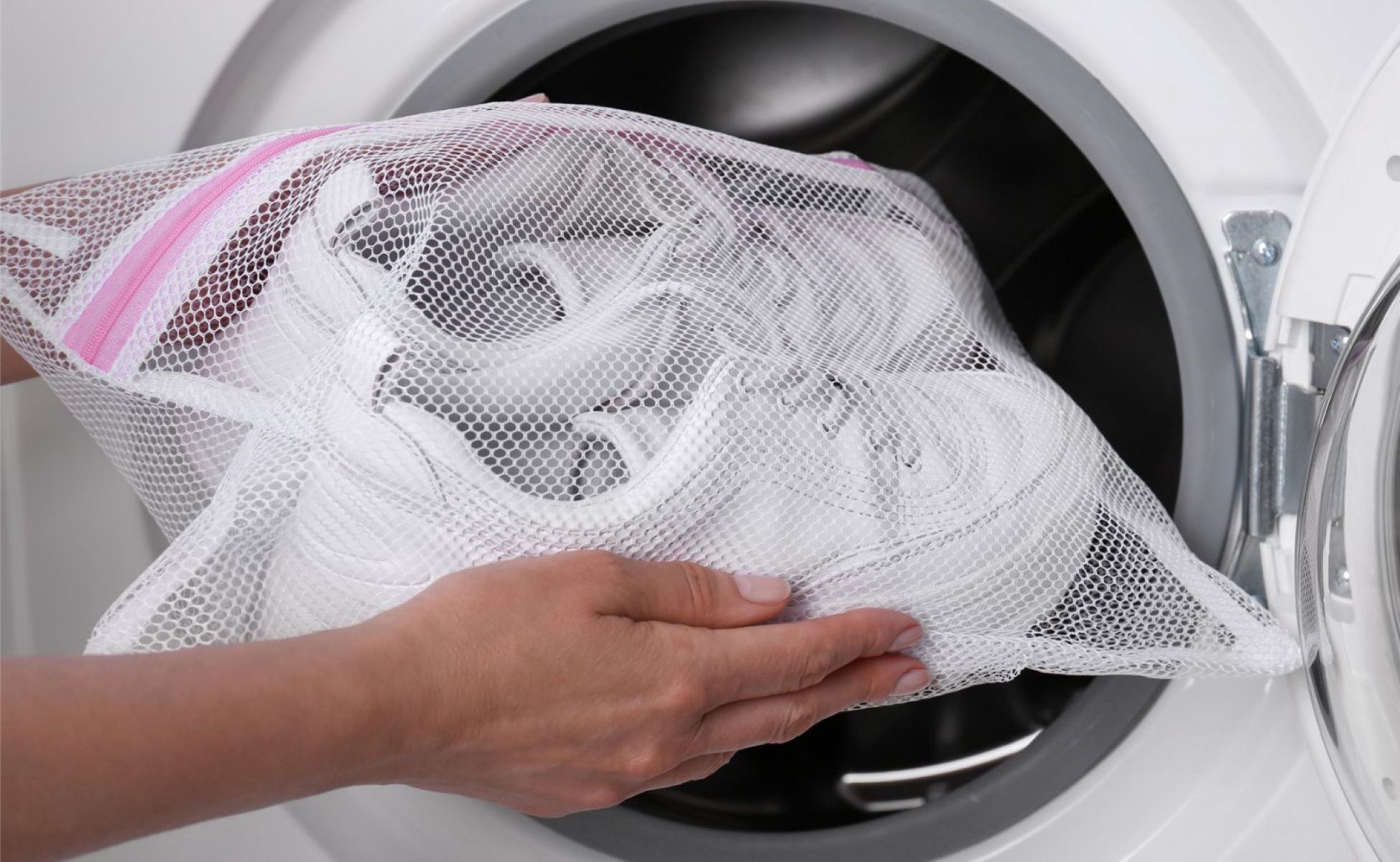
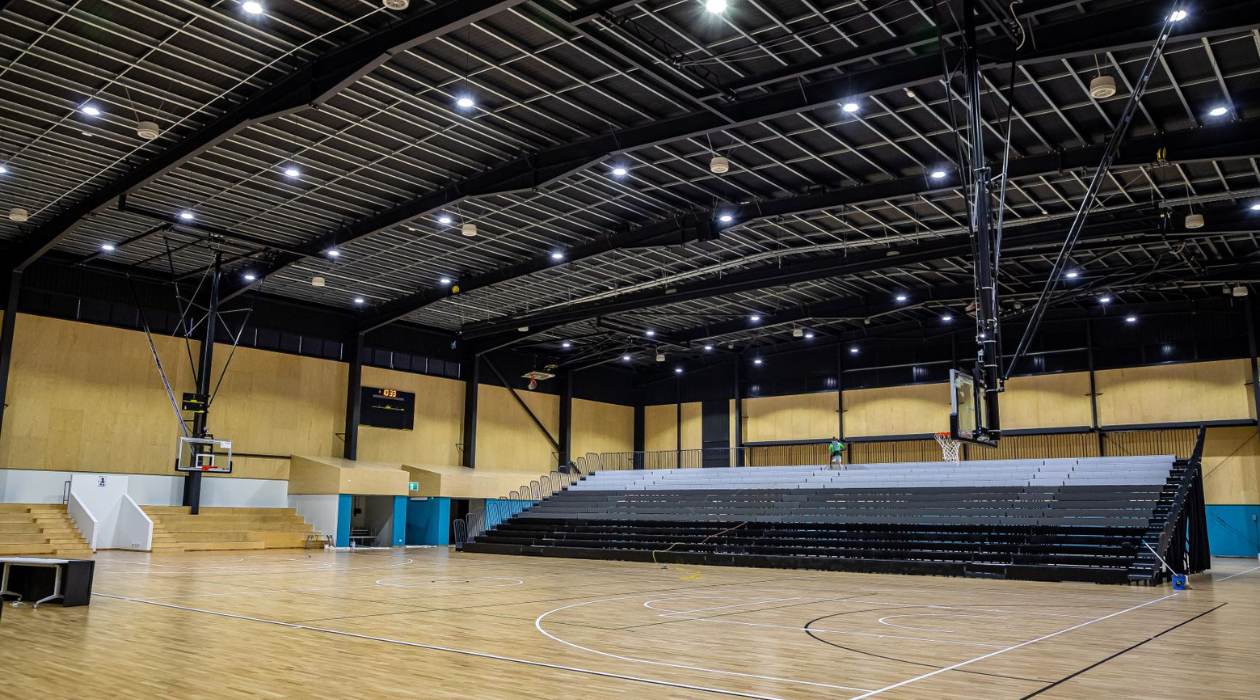
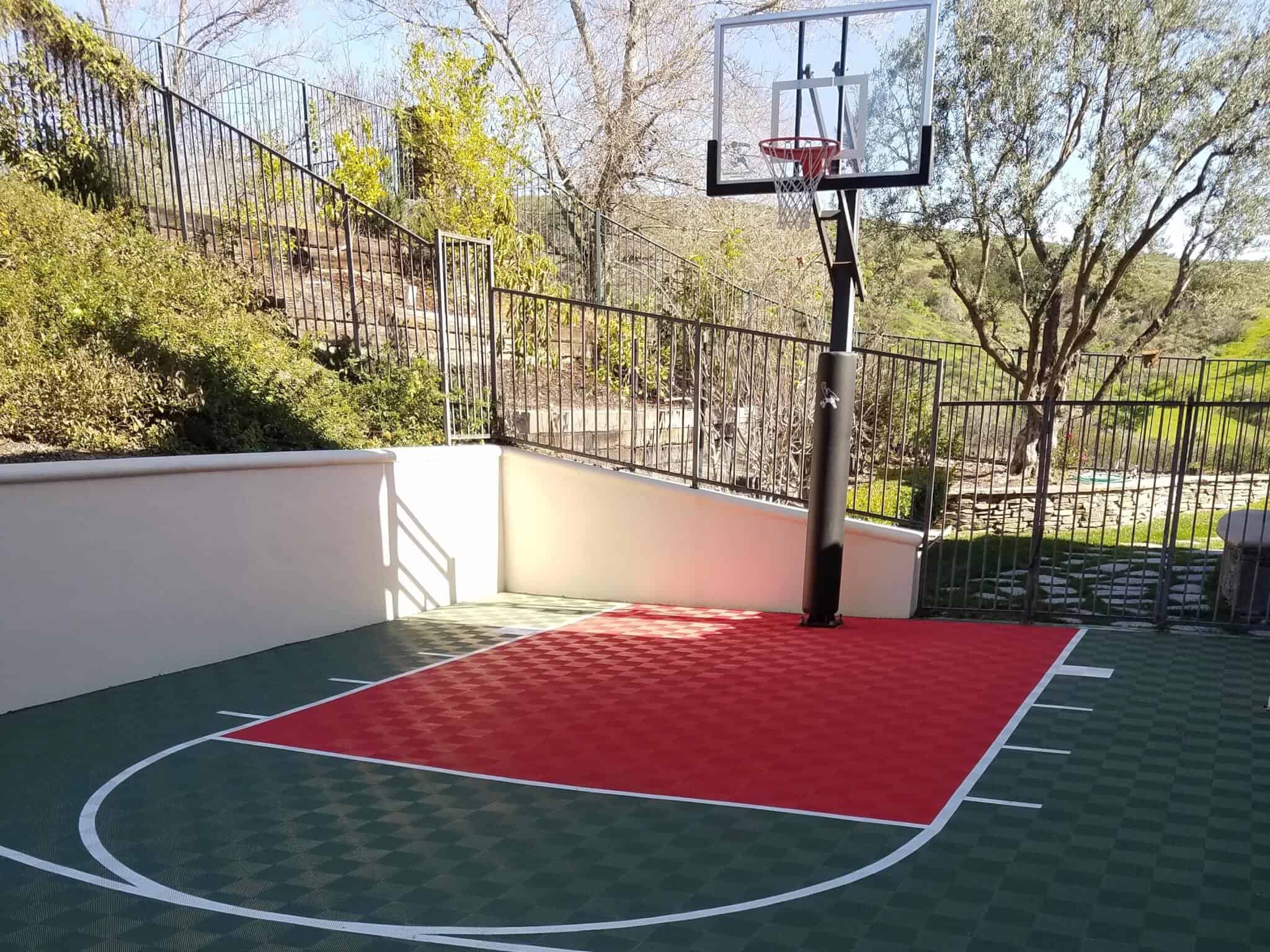

0 thoughts on “How To Make A Grass Tennis Court”